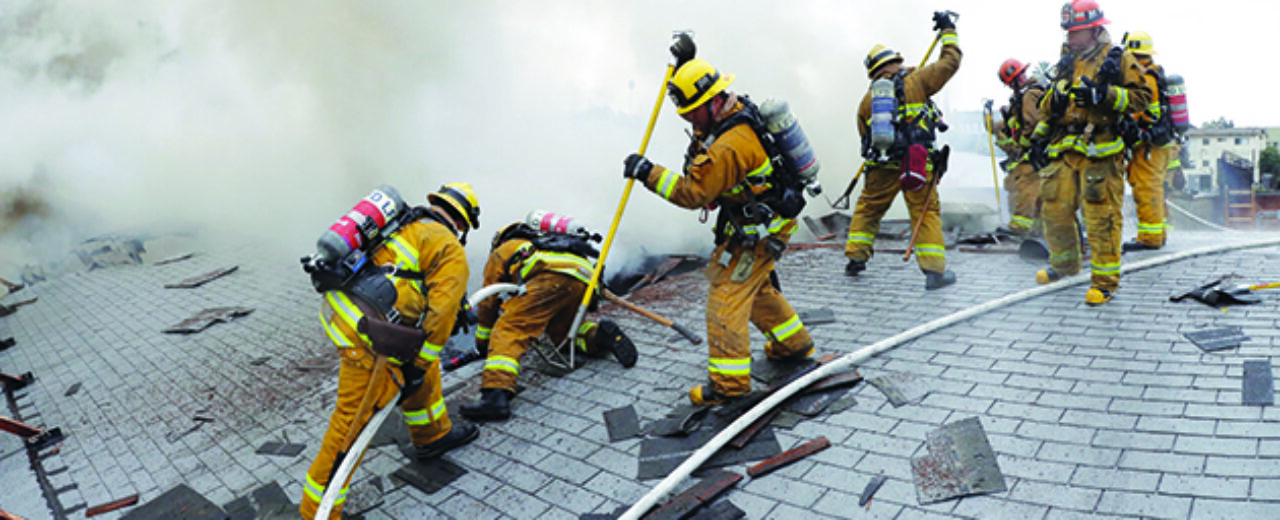Roofing Tips to Prepare for Fire Season (Yes, Your Roof Matters)
As fire season approaches, homeowners in wildfire-prone areas are reminded of the importance of defensible space, emergency preparedness, and home hardening. However, one critical area often overlooked is the roof, the first line of defense against airborne embers and flames. Your roof is more than a protective cover; it’s a potential ignition point that can determine whether your home survives or succumbs to a wildfire.
Here are essential roofing tips to help you prepare your home for fire season:
1. Inspect Your Roof for Vulnerabilities
Start with a thorough inspection. Look for damaged, loose, or missing shingles or tiles that could expose underlayment or wood decking. Cracks, gaps, or dry rot around vents, chimneys, or skylights can also leave your home more vulnerable to ember intrusion.
Make necessary repairs promptly. Even small gaps can be entry points for embers during a wildfire.
2. Choose Fire-Resistant Roofing Materials
If your roof is due for replacement, consider upgrading to fire-rated materials. Class A roofing materials—like metal, tile, slate, and some asphalt shingles—offer the highest level of fire resistance. Unless treated with fire retardants, wood shake roofs are especially susceptible to ignition and may even be prohibited in some high-risk zones.
Ask your roofer or local building department about fire-resistant roofing options and local code requirements.
3. Clean Your Roof and Gutters Regularly
Dry leaves, pine needles, and debris can accumulate in roof valleys and gutters, becoming kindling during a fire. Embers that land in these areas can smolder and ignite the debris, spreading the fire into the attic or structure below.
Make it a habit to regularly clean your roof and gutters, especially as summer approaches. Install gutter guards to reduce future buildup.
4. Seal Gaps and Vent Openings
To block embers, vents, eaves, and soffits should be screened with 1/8-inch metal mesh. Avoid plastic or fiberglass screening—they can melt. Enclose open eaves and repair or replace any loose or corroded vent covers.
Also, inspect flashing around chimneys and install ember-resistant vent covers where needed.
5. Trim Back Overhanging Trees
Tree limbs that hang over or near your roof pose a major fire risk. In a wildfire, these branches can act as a bridge for flames or drop burning debris onto your home.
Trim branches 10 feet from your roofline and remove dead limbs or vegetation around the property.
6. Consider a Roof Sprinkler System
Though not common in every home, exterior roof sprinkler systems can help douse embers and reduce roof temperature during a fire. These systems should be professionally installed, maintained, and used with other fire safety measures.
Final Thoughts
Preparing your home for fire season starts at the top—literally. A fire-resistant, well-maintained roof can significantly improve your home’s chances of surviving a wildfire. Don’t wait until a red flag warning is issued. Start inspecting, cleaning, and upgrading your roof to protect your family and property.
Remember: your roof isn’t just a cover—it’s a shield. Make sure it’s ready.


